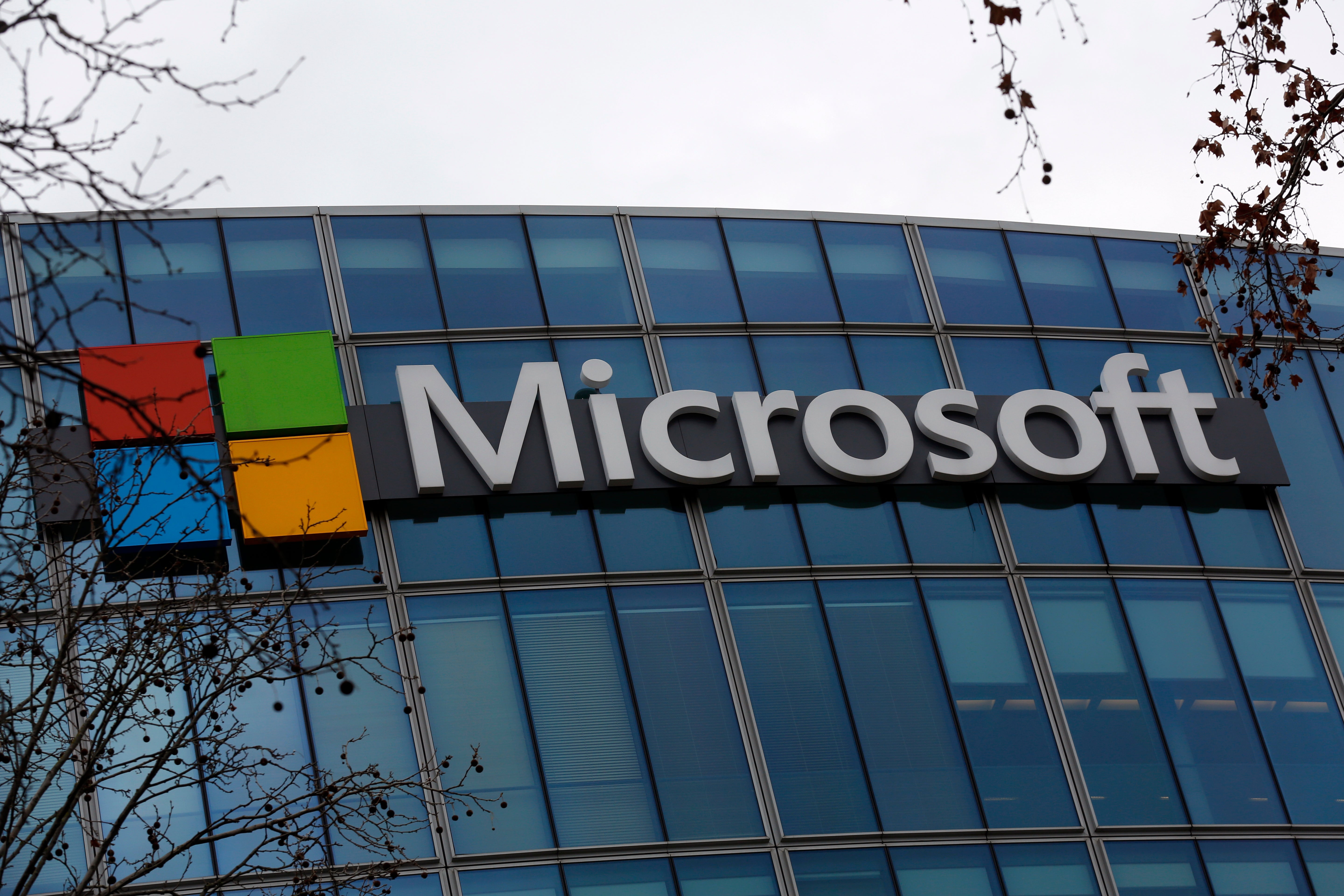Microsoft Build 2021: Latest announcements include browser improvements, Teams updates, and new AI tools
Tech giant claims Edge is ‘best performing’ browser on Windows 10, and reveals how its using AI ‘too dangerous to release’

Microsoft’s annual Build conference saw a host of new product developments, many of which were focused on its cloud computing technology and updates for consumer services.
The company’s browser, Edge, and its video conferencing tool Teams, are where the average user is likely to see the most changes, but Microsoft also revealed some tools using GPT-3, the artificial intelligence language tool made by OpenAI.
However, the biggest update that users might have been expecting – a new version of its Windows operating system – is still to come, with CEO Satya Nadella saying that the “the next generation of Windows” is coming “very soon”.
Microsoft says Edge is ‘best performing browser on Windows 10’
The software giant’s update to Edge 91 makes it, in the company’s words, the best browser on Windows 10.
There are two reasons for this, Microsoft wrote in a blog post explaining the updates: “Startup boost and sleeping tabs”.
Startup boost launches Edge more quickly by running a processes in the background, which apparently it can do without adding additional resources when browser windows are open. This means that turning on a Windows 10 device and moving online is much faster, the company claims.
The second function, sleeping tabs, means that Microsoft Edge is optimised by freeing up system resources from unused tabs. Up to 82 per cent of memory saving is achieved through putting ads to sleep when tabs are put into the background, for “instant resource saving” of system resources, the company claims.
Microsoft Teams will have new, collaborative apps
Developers will have greater access to Microsoft APIs, the Teams Store, and tools to build collaborative apps, the company also announced.
Other companies will be able to build apps that plug into Teams, accessing the service’s real-time video and audio streams. This means that organisations who use virtual whiteboards or other collaboration tools will be able to integrate them directly into Teams, no longer confined to the sidebar.
It will also now be possible to automate meeting events around the start and end of a session, such as getting a reminder to assign tasks as a meeting ends. Teams developers will have access to other tools as well, like real-time transcription, translation and note taking – as well as giving IT administrators control over exactly how apps use these resources.
Microsoft’s Fluid Framework, which it revealed at Build 2020, is making an appearance in Teams Chats to give users collaborative controls over tables, lists, or texts that remain editable in real-time. This could be a huge boost for the 145 million people that Microsoft claim currently use Teams.
Microsoft finally reveals what it’s using the AI ‘too dangerous to release’ for
In 2020, Microsoft bought an exclusive license to use OpenAI’s GPT-3 artificial intelligence language generator, which made headlines for its predecessor being “too dangerous to release”.
At the time, Microsoft said it would develop “advanced AI solutions” for its customers, but did not reveal what those would be. Build 2021, however, has revealed how it will be built into the company’s Power Apps so that they can build apps without needing to know formulas or how to write code.
“The new AI-powered features will allow an employee building an e-commerce app to describe a programming goal using conversational language,” Microsoft said in a blog post, which would let users explain goals naturally such as “find products where the name starts with ‘kids’.”
The feature will be available in preview in June, and although the company is not the first to do this it does have one advantage: the simplicity of Power Apps. As Charles Lamanna, CVP of Microsoft’s Low Code Application Platform, told The Verge, the language is based in Microsoft Excel so is purposefully limited in what it can do – so little errors do not affect greater systems.
“It’s data-binding, single-line expressions; there’s no concept of build and compile. What you write just computes instantly,” Lamanna said, saying that it is not as powerful as Python or JavaScript but also has less of a chance to produce problems.
The next big Windows upgrade
Most people, however, are likely to be more interested in updates to Windows as a whole than these incremental updates to Teams, AI code, or even the Edge browser.
Windows still makes up nearly 75 per cent of worldwide operating system market share, and although Microsoft has demonstrated some updates to the platform users are still waiting for the next big thing – and CEO Satya Nadella says that will be coming soon.
“Soon we will share one of the most significant updates of Windows of the past decade to unlock greater economic opportunity for developers and creators,” Nadella said during his keynote.
“I’ve been self-hosting it over the past several months, and I’m incredibly excited about the next generation of Windows.
“Our promise to you is this: We will create more opportunities for every Windows developer today and welcome every creator who is looking for the most innovative, new, open platform to build and distribute and monetize applications.”
Join our commenting forum
Join thought-provoking conversations, follow other Independent readers and see their replies
Comments
Bookmark popover
Removed from bookmarks